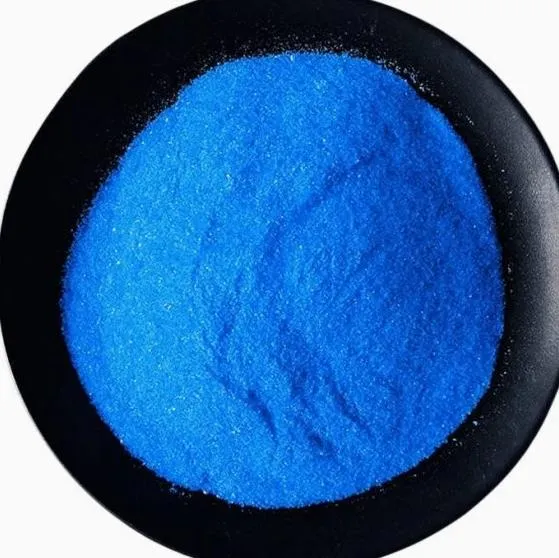Warning: Undefined array key "title" in /home/www/wwwroot/HTML/www.exportstart.com/wp-content/themes/1198/header.php on line 6
Warning: Undefined array key "file" in /home/www/wwwroot/HTML/www.exportstart.com/wp-content/themes/1198/header.php on line 7
Warning: Undefined array key "title" in /home/www/wwwroot/HTML/www.exportstart.com/wp-content/themes/1198/header.php on line 7
Warning: Undefined array key "title" in /home/www/wwwroot/HTML/www.exportstart.com/wp-content/themes/1198/header.php on line 7
- Afrikaans
- Albanian
- Amharic
- Arabic
- Armenian
- Azerbaijani
- Basque
- Belarusian
- Bengali
- Bosnian
- Bulgarian
- Catalan
- Cebuano
- China
- China (Taiwan)
- Corsican
- Croatian
- Czech
- Danish
- Dutch
- English
- Esperanto
- Estonian
- Finnish
- French
- Frisian
- Galician
- Georgian
- German
- Greek
- Gujarati
- Haitian Creole
- hausa
- hawaiian
- Hebrew
- Hindi
- Miao
- Hungarian
- Icelandic
- igbo
- Indonesian
- irish
- Italian
- Japanese
- Javanese
- Kannada
- kazakh
- Khmer
- Rwandese
- Korean
- Kurdish
- Kyrgyz
- Lao
- Latin
- Latvian
- Lithuanian
- Luxembourgish
- Macedonian
- Malgashi
- Malay
- Malayalam
- Maltese
- Maori
- Marathi
- Mongolian
- Myanmar
- Nepali
- Norwegian
- Norwegian
- Occitan
- Pashto
- Persian
- Polish
- Portuguese
- Punjabi
- Romanian
- Russian
- Samoan
- Scottish Gaelic
- Serbian
- Sesotho
- Shona
- Sindhi
- Sinhala
- Slovak
- Slovenian
- Somali
- Spanish
- Sundanese
- Swahili
- Swedish
- Tagalog
- Tajik
- Tamil
- Tatar
- Telugu
- Thai
- Turkish
- Turkmen
- Ukrainian
- Urdu
- Uighur
- Uzbek
- Vietnamese
- Welsh
- Bantu
- Yiddish
- Yoruba
- Zulu
Nov . 16, 2024 13:27 Back to list
Cost Comparison of Saccharin and Sugar Analyzing Price Differences and Market Trends
Cost Comparison Saccharin vs. Sugar
In recent years, the demand for alternative sweeteners has surged, largely driven by health concerns and dietary trends. Among these alternatives, saccharin—a synthetic sweetener first discovered in the late 19th century—has sparked considerable interest for its low cost and calorie-free properties. To understand its relevance in today’s market, it is essential to compare the cost of saccharin with that of traditional sugar, examining both price differences and broader implications for consumers and the food industry.
Saccharin is known for its remarkable sweetness, estimated to be approximately 300 to 500 times sweeter than sucrose (table sugar). This potency allows manufacturers to use much smaller quantities of saccharin to achieve the desired level of sweetness, leading to significant cost savings, particularly in large-scale food production. The average retail price of sugar varies depending on the market and season, often landing around $0.50 to $0.70 per pound in the United States. In contrast, saccharin is available at a fraction of that cost—typically around $0.03 to $0.10 per pound. This stark price difference highlights how saccharin can serve as a more economical choice for manufacturers who aim to reduce ingredient costs while still meeting consumer demands for sweetness.
However, while the quantitative price difference is striking, it is essential to consider qualitative aspects that could influence consumer choice. Despite its low cost, saccharin has been subject to health scrutiny over the years. Initially banned by the FDA in the 1970s due to concerns about potential carcinogenicity, it has since been reevaluated. Current evidence suggests that saccharin is safe for human consumption, yet public perception still lingers with a touch of skepticism. In contrast, sugar, while more expensive and linked to various health issues like obesity and diabetes, is a natural substance that many consumers consider a safer, more familiar option.
cost of saccharin compared to sugar, price difference and

Moreover, the price difference between saccharin and sugar can have significant implications for food manufacturers. For instance, companies producing diet-related products often opt for saccharin and other artificial sweeteners to appeal to health-conscious consumers. This selection process not only affects production costs but also influences marketing strategies. Products labeled sugar-free or low-calorie, often containing saccharin, can command a higher price point, leveraging consumers' willingness to pay more for perceived health benefits.
In addition to direct cost implications, the use of saccharin can also impact supply chains and distribution dynamics. As manufacturers shift towards synthetic sweeteners to cut costs, the sugar industry may face decreased demand, potentially leading to economic shifts in agricultural sectors dependent on sugarcane and beet production.
In summary, while the cost of saccharin is considerably lower than that of sugar, the implications extend beyond mere economics. Consumer perceptions, health considerations, and market strategies all play crucial roles in shaping the landscape of sweetener choices. As health trends continue to evolve, understanding these dynamics will remain essential for both consumers seeking healthier alternatives and manufacturers striving to adapt in a competitive market.
Latest news
-
Certifications for Vegetarian and Xanthan Gum Vegetarian
NewsJun.17,2025
-
Sustainability Trends Reshaping the SLES N70 Market
NewsJun.17,2025
-
Propylene Glycol Use in Vaccines: Balancing Function and Perception
NewsJun.17,2025
-
Petroleum Jelly in Skincare: Balancing Benefits and Backlash
NewsJun.17,2025
-
Energy Price Volatility and Ripple Effect on Caprolactam Markets
NewsJun.17,2025
-
Spectroscopic Techniques for Adipic Acid Molecular Weight
NewsJun.17,2025

